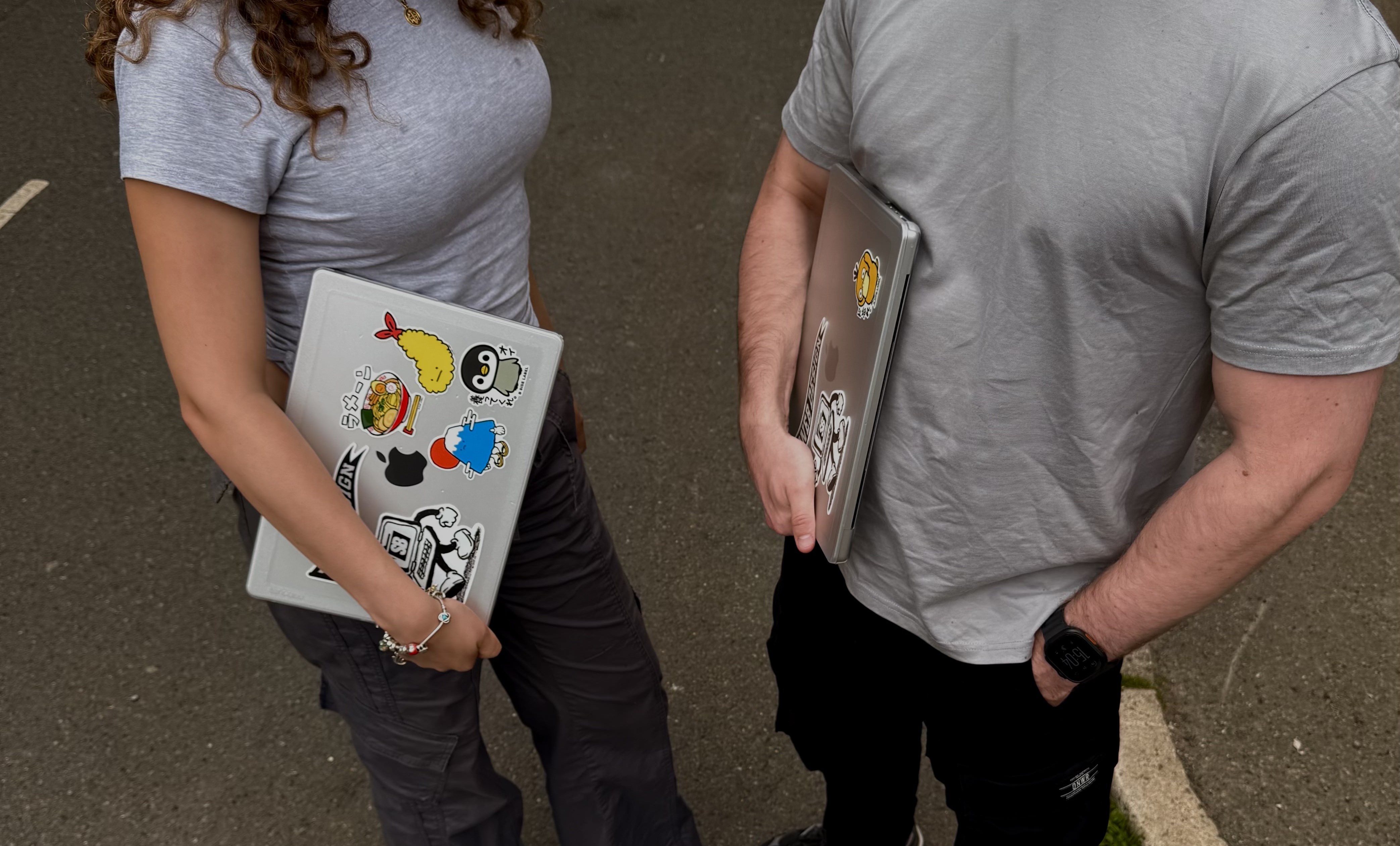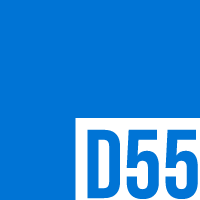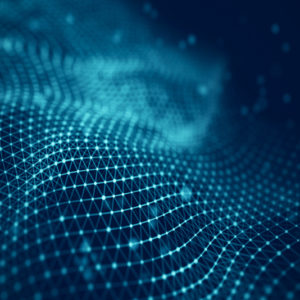Artificial intelligence is transforming the way websites are built, designed, and maintained. Platforms such as Wix ADI, Framer AI, and Squarespace Blueprint now generate layouts, colour schemes, and content blocks in seconds. What once required days of manual design can now be created instantly through AI design tools. This change raises a central question: if machines can design, where does that leave human designers?
Stay ahead in the new era of design. Explore how your business can blend automation with creativity through expert web design services from a trusted web design company for UK brands.
The rise of AI-powered design platforms
AI platforms have evolved beyond simple drag-and-drop interfaces. Tools like Wix ADI use machine learning to analyse user input, then build fully functional websites with suggested structures and copy. Framer AI can generate interactive prototypes from short text prompts, whereas tools like Durable and TeleportHQ create responsive layouts from sketches or screenshots.
These systems are trained on thousands of professional templates and user behaviours, enabling them to predict what combinations of visuals, typography, and structure will perform best. They also integrate AI UX features, recommending page hierarchies and interactions that align with visitor intent.
For small businesses, these platforms reduce entry barriers. Anyone can build a site without advanced coding or design knowledge, cutting time and cost. However, while AI website builder tools simplify the creation process, they also redefine what professional designers actually do.

From production to strategy and curation
The role of the designer is moving away from manual production toward creative direction and brand strategy. Rather than focusing on grids and margins, web designers now curate what AI generates, ensuring that automated layouts still align with brand personality and user expectations.
This shift reflects how artificial intelligence in web design is becoming a collaborative partner rather than a replacement. Designers act as interpreters, refining AI output to meet the specific needs of a brand or audience. They decide when automation enhances usability and when human judgment must intervene.
For example, AI may generate an attractive homepage structure. Still, only a designer can assess whether it communicates the right tone for a healthcare client or captures the personality of a creative agency. The focus is less on pixels and more on storytelling, consistency, and emotional engagement.
Efficiency versus originality
The primary advantage of automated design is its speed. AI can build layouts, test colours, and populate placeholder content faster than any human team. This efficiency enables agencies to serve more clients or allocate resources to higher-value tasks, such as conversion optimisation or accessibility.
However, automation has a clear limitation: originality. Since AI draws on existing design patterns, its creations often resemble other outputs in terms of structure and flow. Without human oversight, websites risk becoming uniform and generic.
This is where designers add value. They provide the nuance that algorithms cannot. Human creativity interprets brand emotion, visual identity, and cultural relevance, shaping the overall perception of a brand. Machines can replicate style, but people define meaning.
The influence on UX and usability
AI is also changing how designers approach user experience. Predictive algorithms can analyse behaviour data to recommend navigation flows, image placement, or call-to-action positioning. This makes AI UX a core component of modern web development.
Platforms such as Uizard and Figma’s AI assistant now analyse interaction data to predict what users will click or ignore. They also test accessibility by simulating different visual impairments and screen resolutions.
While these tools improve accuracy and reduce guesswork, they still rely on designers to interpret the data. Designers decide which insights are relevant and which adjustments actually enhance engagement. The most successful projects combine analytical precision with empathetic design thinking.
Benefits of using smart design platforms
Smart platforms powered by AI and creativity offer several benefits beyond speed and automation.
Data-driven accuracy – Algorithms can test design variations instantly and provide real-time feedback.
Accessibility compliance – AI tools flag issues related to colour contrast and readability.
Cost efficiency – Businesses with limited budgets can launch functional websites without hiring large teams.
Responsive optimisation – The system adapts layouts automatically for multiple devices.
For growing brands, this means lower development costs and faster go-to-market cycles. Yet, the human role remains critical to ensure that AI-generated outcomes feel original and purposeful.
The creative trade-offs
One of the main debates surrounding AI design tools is whether they stifle creativity. Some designers worry that reliance on automation limits experimentation, while others see it as a starting point for new ideas.
AI systems often generate predictable patterns because they are trained to optimise usability and conversion. These outcomes are practical but sometimes lack the emotional resonance that defines strong design.
The best designers use these limitations as creative prompts. By editing, customising, or even deliberately breaking automated patterns, they push boundaries while maintaining efficiency. This balance keeps the design both human-centred and scalable.
The future of design careers
The future of design is not about automation replacing humans, but rather about collaboration between both. As AI handles repetitive layout work, designers can focus on higher-level skills such as brand strategy, content structure, and digital storytelling.
Design education is also evolving. Courses now include modules on smart design platforms and prompt-based creation, teaching students how to guide AI systems rather than compete with them.
Businesses hiring web designers are increasingly seeking hybrid expertise, encompassing creative vision, data interpretation, and fluency with automation tools. Those who adapt early gain an advantage in shaping the future of design.
Challenges and ethical concerns
The growing role of artificial intelligence in web design also brings ethical questions. Automated systems may unintentionally replicate patterns from copyrighted works or perpetuate biases inherent in their training data. Designers must verify that AI-generated visuals, content, or layouts meet licensing and inclusivity standards.
Transparency is another concern. Users should know when parts of a website, such as product descriptions or imagery, are created by AI. Clear disclosure helps maintain credibility and trust.
Agencies that adopt AI responsibly position themselves as innovators without compromising integrity.
The human element remains central
No matter how advanced automation becomes, the emotional connection that design creates will always depend on human intuition. Visitors remember how a site made them feel, not which tool was used to build it.
AI improves workflow and performance, but it cannot replace empathy, humour, or cultural awareness. Designers who combine creativity with strategic use of automation will continue to lead the industry.
Businesses seeking affordable web design services can leverage AI for efficiency while relying on expert direction for quality. This hybrid model ensures that technology enhances rather than dilutes originality.
What businesses can do now?
Companies should view AI not as a shortcut but as an enhancement to their digital strategy. By working with professionals experienced in both automation and creative design, they can deliver websites that perform technically and connect emotionally.
Collaborating with a Manchester web design agency helps ensure that each project strikes a balance between innovation and brand personality. Their team integrates AI tools responsibly while tailoring layouts, colour systems, and messaging to reflect each client’s identity.
Bring innovation and human insight together in your next project. Learn how automation can elevate your online presence through affordable web design in Manchester from The Social Bay. For tailored solutions, reach out via hello@thesocialbay.co.uk or call 07441 918230.








